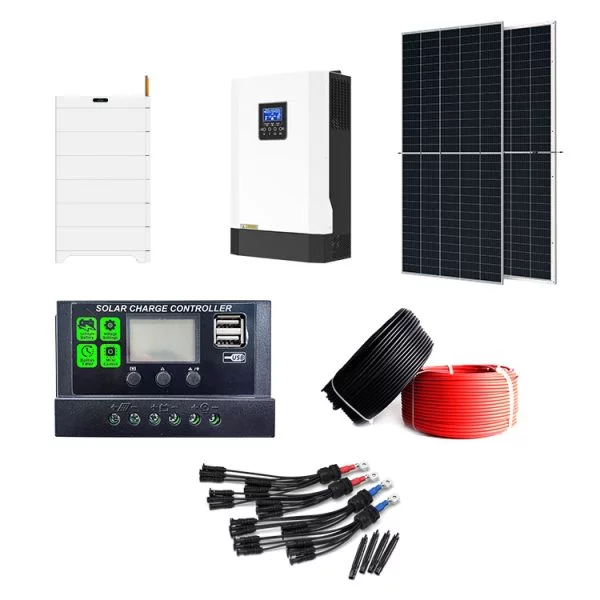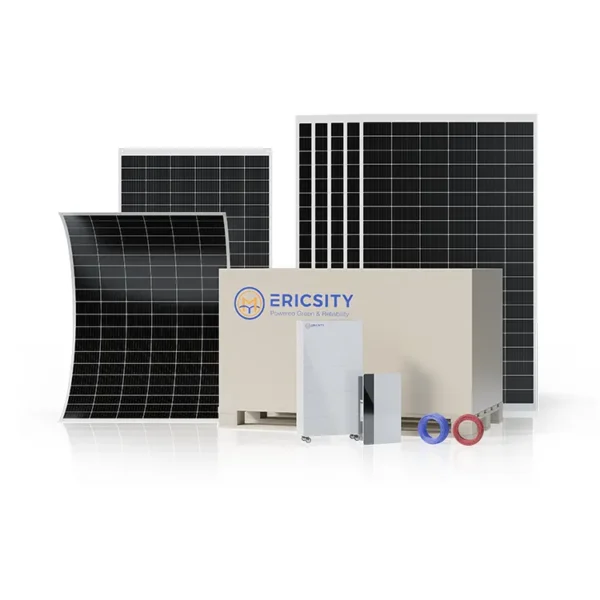HOT PRODUCT
Product Details
The Road To Sustainability: How Flexible Solar Technology Shapes The Future
The Road to Sustainability: How Flexible Solar Technology Shapes the Future
In the quest for a sustainable future, renewable energy sources have gained significant attention to combat growing environmental concerns. Among the various renewable energy options, solar power has emerged as a frontrunner due to its abundance, scalability, and environmentally friendly nature. However, traditional solar panels pose limitations in terms of installation and adaptability to different surfaces. Enter flexible solar technology – an innovative solution that is paving the way for a sustainable future.
Flexible solar technology, also known as flexible photovoltaics (PV), refers to the ability of solar panels to bend and conform to irregular surfaces, thus enabling energy harvest from unconventional places. By using lightweight materials and advanced manufacturing techniques, these flexible panels offer flexible installation options in a variety of settings.
One of the most significant advantages of flexible solar technology is its versatility. Unlike traditional solar panels that require a flat and rigid surface, flexible solar panels can be integrated into a range of objects, including curved structures, fabrics, and even wearable devices. This versatility opens up countless possibilities for solar energy integration that were previously unexplored.
One promising application of flexible solar technology is in the transportation sector. The ability to integrate solar panels seamlessly onto vehicles, such as cars, buses, and trains, can revolutionize the way we approach transportation. Solar-powered electric vehicles can recharge their batteries while on the move, extending their range and reducing dependency on fossil fuels. Additionally, solar-powered public transportation systems can reduce emissions and contribute to a cleaner and greener urban environment.

Flexible solar technology also holds the potential to transform infrastructure and architecture. Solar panels can now be integrated into building facades, roofs, and windows, allowing structures to generate renewable energy while maintaining their aesthetic appeal. This opens up opportunities for buildings to become self-sufficient in terms of energy generation, reducing reliance on the grid and decreasing carbon footprints.
Moreover, the fashion and textile industries are also benefiting from flexible solar technology. Solar-integrated fabrics can power wearable electronic devices, such as smartwatches, fitness trackers, and even clothing with embedded sensors. This not only enhances convenience but also reduces the reliance on disposable batteries, ultimately leading to a more sustainable lifestyle.
Despite its immense potential, flexible solar technology also faces certain challenges that need to be addressed. Currently, flexible solar panels have lower efficiency compared to traditional rigid panels. However, ongoing research and development efforts are continuously improving the efficiency of these panels, making them more viable for widespread adoption.

Additionally, as with any emerging technology, cost remains a barrier to mass adoption. Flexible solar panels are still relatively more expensive than their rigid counterparts due to the specialized manufacturing processes involved. However, as production scales up, and economies of scale are achieved, the cost is expected to decrease, making flexible solar technology more accessible and affordable.
In conclusion, flexible solar technology is reshaping the future of sustainability. Its ability to adapt to various surfaces, from vehicles to buildings to fabrics, opens up a world of possibilities for solar energy integration. From reducing emissions in the transportation sector to powering buildings and wearable technology, the potential applications are vast. While challenges such as efficiency and cost remain, continued research and development efforts are expected to overcome these hurdles, making flexible solar technology a mainstream solution for a sustainable future.




